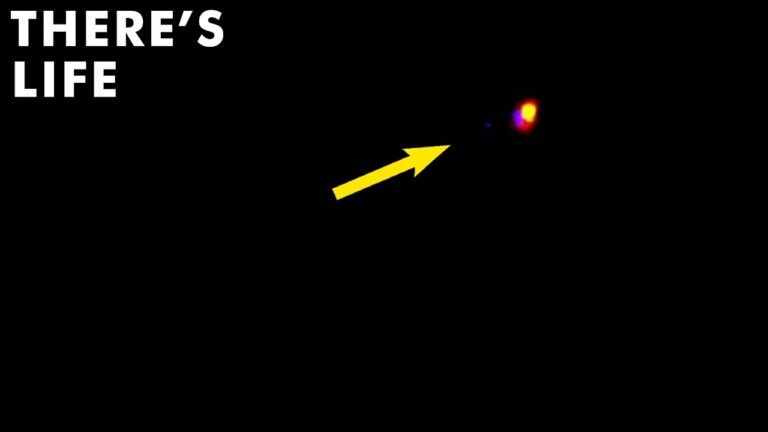James Webb Telescope Terrifying New Discovery SHOCKS The Entire Space Industry!
What comes to your mind when you hear the word, Neptune? For many people with a passing interest in astronomy or space-related things, it is a blue planet festooned with rings and moons!
However, Neptune is much more than that, which is why scientists have spent decades studying the planet! They are recording more discoveries, and the new powerful James Webb Space Telescope has helped them to uncover even more terrifying secrets of this faraway planet!
What has the JWST discovered on Neptune? How does this amazing discovery affect how we view the whole of the solar system?
Join us as we dive into James Webb Space Telescope’s terrifying discovery on Neptune that changes everything! Which planet was discovered by a mathematical equation and is invisible to the naked eye?
That is Neptune, the eighth and last planet in the solar system.
It used to oscillate between the eighth and ninth planet, but ever since Pluto has been downgraded from a planet, Neptune has remained the eighth and last planet.
Uncertainty about its position aside, Neptune is a fascinating planet, even when you get past the electric blue color that stands it out from the rest of the planets!
Because it is so far away and not visible without a powerful telescope, Neptune remained hidden from humanity for centuries!
However, on the night of Sept. 23-24, 1846, astronomers discovered Neptune.
The discovery was made possible thanks to mathematical calculations of its predicted position due to observed perturbations in the orbit of the planet Uranus.
The discovery was made using a telescope since Neptune is too faint to be visible to the naked eye.
Astronomers soon discovered a moon orbiting Neptune, but it would take more than a century to discover a second one!
When Uranus, the seventh planet, was discovered in 1781, astronomers realized irregularities in its orbit that Newton’s law of universal gravitation could not fully explain.
However, they postulated that effects from the gravity of a more distant planet could explain these oddities.
By 1845, Uranus had completed nearly one full revolution around the Sun since it was discovered.
Astronomers Urbain Jean-Joseph Le Verrier in Paris and John Couch Adams in Cambridge, England, independently calculated the location of this potential planet.
Using Le Verrier’s calculations, astronomer Johann Gottfried Galle used the Fraunhofer telescope at the Berlin Observatory and made the first observations of the new planet, only 1 degree from its calculated position.
With the help of hindsight, it became clear that several astronomers, starting with Galileo Galilei in 1612, could have observed Neptune too, but because of its slow motion relative to the background stars, they did not recognize it as a planet!
The discovery of Neptune’s first moon took place only 17 days later by astronomer William Lassell using a telescope he built himself.
However, the second moon was discovered in 1949, known as Nereid. Interestingly, it was at the same time that the first moon officially got its name, Triton.
Obviously, everybody thought Neptune would turn out to be a single moon planet like the Earth and didn’t bother to name the original moon!
Do not forget to share your opinion with us to provide you with the best posts !




0 Comments